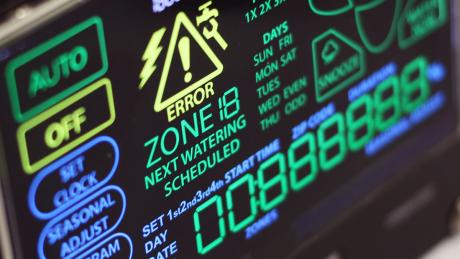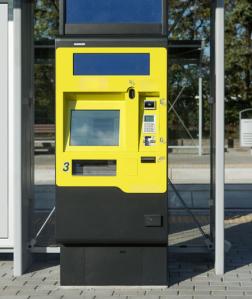Smartphones and tablets, with their colourful, graphical touchscreens, has raised expectations among users of all types of equipment from kitchen appliances to industrial control panels. Small TFT-LCDs can be lower cost than comparably sized segment displays. Yet segment displays continue to thrive. Even today, they can offer unbeatable strengths.
What is a segment display?
A segment display is made of of 'segments' which can be turned on or off depending on the graphic pattern to be produced. Easy to design with, robust and flexible segment displays remain an attractive option. With the latest advances, they are still a persuasive proposition for important new applications. In a series of three blogs, we will explore some of those advances: adding colour, increasing contrast and adding touch.
Can I add colour to a segment display?
The first piece of good news is that using a segment display doesn’t restrict you to a mono screen. Bi-colour and field-sequential displays allow you to introduce additional colours to make your user interfaces clearer, or easier to understand. Bi-colour displays give the opportunity to combine coloured segments with a coloured backlight, breaking the traditional limitation of one colour versus a black background. The backlight colour can be fixed or, with an RGB backlight, can be selected dynamically to be one of eight colours. This allows the display to be adapted instantaneously to communicate special status, such as red for danger, green for “ok” or ready.
The field-sequential display gives even more flexible options for colour-coding the user-interface modes by enabling dynamically reconfigurable RGB display segments: again, choosing from a palette of eight preset colours. It is true that an optical filter is able to produce a similar effect, but the new field-sequential displays require no additional components and give colour-change capability that the optical filter cannot equal.

Dot-matrix displays are also relatively easy to work with, and you can also now use colour more effectively to add impact as well as exploiting the versatile graphics capabilities. Bi-colour dot-matrix displays with single-colour or dynamically reconfigurable RGB backlights now allow even more interesting user interfaces, in sizes up to half-VGA 480 x 320. These provide a high-performing alternative to TFT-LCD that also come with the advantages of long-term supply stability and support.
Talk to us to find out more!


